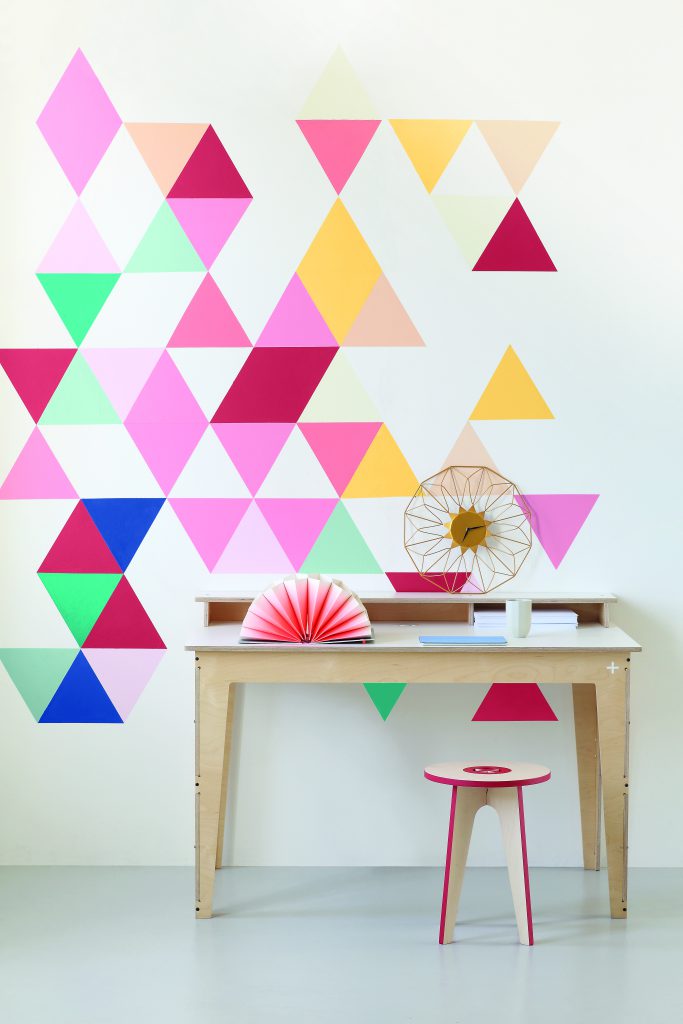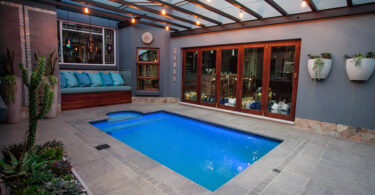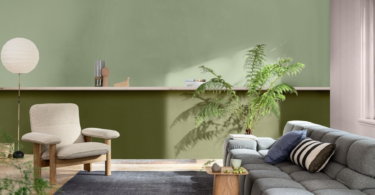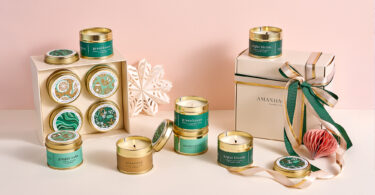Have you ever wondered what the formula is for working out how much paint you need, or exactly what you should be looking at when selecting a particular type of paint for your home? Here, two colour experts share their top advice.
What is the formula for working out how much paint you need per square metre? How many coats of paint do you need for an even finish?
Byron Minnie, colour consultant, designer and home solutions specialist at Kansai Plascon
The amount of paint needed per square metre normally depends on what paint you have chosen (e.g. Polvin, Cashmere, Double Velvet, etc.) and what the surface that you are painting is like. Surfaces that are clean and smooth may require fewer coats than surfaces that are rough and uneven or if you are painting a light colour over a dark colour. A litre tin of paint will give you roughly between 10m2 and 13m2 of coverage with one coat and a minimum of two coats is always necessary. Use the Plascon Paint Calculator to work out how much paint you need for the job.

Plascon
What are the characteristics of superior-quality paint? Are there specific characteristics that the affect the pricing structure of paint?
Carolien Haden, Prominent Paints marketing manager
There is no denying a fresh coat of paint can transform a room or building, and it is one of the most cost-effective home renovations you can undertake. Not only do you receive major bang for your buck in terms of impact, it’s also a job most people can tackle with great results.
There are two main considerations: colour and sheen levels. Both are important and will have a big effect on the end result. Colour is a topic on its own but it’s always good to paint sample patches to help firm up your decision. The key to a great result though is properly preparing your surfaces first. Here are our suggestions on the best household paint options for the different parts of your home, as well as primers and external paints.
Prime
Always begin by preparing your surface. Fill any holes and scrub or sand as necessary. Then wash your walls down with a general purpose cleaner. Next you’ll need to apply a primer or undercoat. If the surface has been properly painted recently and in a similar colour, then you may be able to skip this step, otherwise plan to prime.
Primer gives your paint something to adhere to, improving finish and durability, and it brings out your top coat’s true colour. If your walls are dark blue and your new colour is light grey, you’ll need the undercoat to prevent the blue from showing through.
Choose between a primer, sealant or undercoat
A primer provides greater adhesion, inhibits moisture and prevents stains and tannins from bleeding through the top coat. It’s particularly important when painting timber or metal surfaces, creating grip for the top coat, and can provide protection against mould and corrosion.
Sealants can be used instead of, or in conjunction with, primers. They also enhance adhesion, and seal off the surface to create a uniform finish. An undercoat of your topcoat colour can help level out surface imperfections and produce a more even coverage.
For wet areas such as bathrooms, laundries and kitchens use a primer to act as a sealant and stain inhibitor.
Choose your level of sheen
Sheen impacts the finish of your paint job significantly, and the greater the gloss, the greater the reflection. Take this into consideration when painting light-filled areas.
As a general rule the lower the sheen level, the better it is for hiding surface imperfections. On the other hand, it can be more difficult to clean than other finishes and may require the occasional touch-up.
Flat or matte paints are recommended for walls and ceilings, offering a lovely dense finish. Avoid using it in thoroughfares or children’s bedrooms where it can easily mark.
You can take the middle road with a satin, low-sheen finish. Each features low sheen with varying degrees of gloss. Satin has a lustrous finish, eggshell is meant to emulate the finish of an eggshell, while low sheen is the least reflective of the three.
Low sheen will work well in your main living areas such as bedrooms, lounge and dining rooms.
Satin and eggshell is the great all-rounder; its higher gloss content means it is more durable and can be used successfully in children’s rooms, hallways, kitchens and bathrooms, and on doors, windows and woodwork.
Finally, gloss paints. Surface preparation is particularly important when it comes to gloss paints as they tend to highlight imperfections. Generally, gloss paints are used on skirting, trims, doors and windows, or any detail you would like to highlight like architraves or cabinetry. The intensity of gloss paint, and the fact that it highlights the texture of the surface, makes it an unusual choice for large surfaces – but it is possible.

Prominent Paints










Leave a Comment